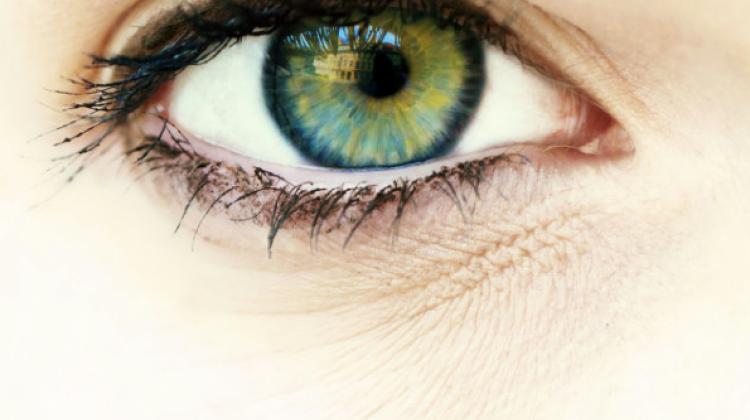Special device will detect when the eye pulse is faster than the heart rate
 Photo: Fotolia
Photo: Fotolia
90 percent glaucoma patients have ocular dicrotism - a phenomenon in which the ocular pulse is faster than the heart rate. The phenomenon was discovered by Polish researcher, who now builds a device for non-invasive detection of this condition. This innovative device will allow to easily detect glaucoma at an early stage of the disease.
Ocular dicrotic pulse is a newly observed phenomenon, occurring in approximately 70 percent healthy persons above the age of 50 and 90 percent patients suffering from glaucoma. While the patient\'s heart beats rhythmically, the eye pulse is faster in comparison. The phenomenon was detected in 2014 by a young Polish researcher, Dr. Monika Danielewska from Wroclaw University of Technology.
"This phenomenon can be described as changes in pulsating of the eye which are associated not only with aging, but also with the degree of development of glaucoma. Normally, the eyeball pulse should be synchronised with each beat of the heart. In contrast, in patients with developed glaucoma or elderly, biomechanical changes occur in the ocular tissue that increase its rigidity. Therefore, the eye pulse becomes faster compared to the heart" - explained Dr. Danielewska.
She admitted that she made the discovery by accident. In previous work related to the diagnosis of glaucoma she analysed the ocular pulse. "I have observed that in people with advanced glaucoma occurs double wave pulse of the cornea, and not a single wave - as in the case of most healthy people" - explained the researcher.
The dicrotic pulse mechanism had been described in the literature before, but it concerned cardiology. Nobody described it in the context of the diagnosis of eye diseases. Dr. Danielewska detected this phenomenon with an innovative, non-contact, continuous method for measuring the pulse of the eye. Now - in the framework of a grant from the Leader programme of the National Research and Development Centre - she is working on the construction of a special device that detect dicrotism. The device will support the early detection of glaucoma and diagnosis of the eye after surgery.
"Commercially available devices for measuring ocular pulse focus mainly on the measurement of intraocular pressure, and use methods that require touching the eye or anaesthesia. This disrupts the natural pulsation of the eyeball. The prototype device, which I’m building in the program, will be based on the method ultrasonic heads designed to operate in the air. The method is non-invasive, non-contact and ensures the continuity of measurement of dynamically changing parameters of the eye. We do not interfere in the function of the eye, and do not use anaesthetic drops. The head set in front of the patient’s eye allows for a non-invasive pulse measurement from a few seconds to several minutes" - described Dr. Danielewska.
Risk assessment of glaucoma requires an ophthalmologist to gather a range of data about the condition of the eye. This is associated with the need to use a number of ophthalmic devices. However, none of the devices on the market allows to detect ocular dicrotic pulse. With the proposed new ultrasound technology, scientists want to "pull out" as much information as possible from the resulting eye pulse signal that will help in the development of new diagnostic indicators of glaucoma. This method will help ophthalmologists diagnose glaucoma at an early stage.
The device may also facilitate eye diagnostics after a surgical intervention. "Patients with glaucoma who underwent IOP reduction surgery, need to be monitored for longer periods of observation. My methodology will be used to assess the surgery effectiveness by measuring changes in the eye tissue tension before and after surgery, based on the characteristics of the dicrotic pulse" - described the research.
The prototype device is planned to be built within three years. Its first recipients will be "key leaders of glaucoma diagnosis" in Poland and abroad. In the next stages of the device marketing the authors anticipate adapting the technology in other specialized units.
PAP - Science and Scholarship in Poland, Ewelina Krajczyńska
ekr/ agt/ mrt/
tr. RL
Przed dodaniem komentarza prosimy o zapoznanie z Regulaminem forum serwisu Nauka w Polsce.


















